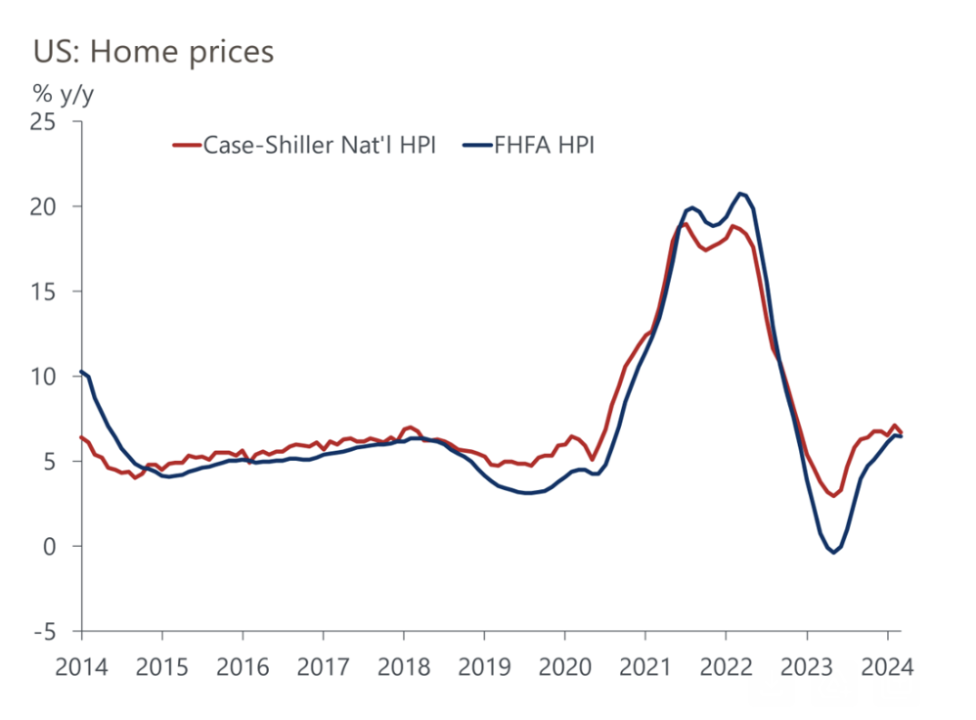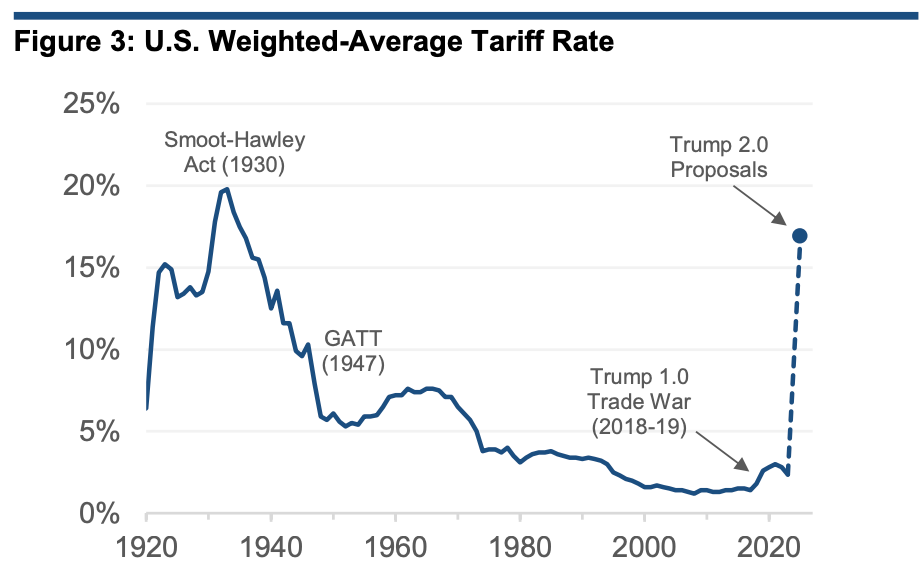U.S. stocks were mixed in early trading Tuesday, with tech a bright spot as Wall Street kicked off a holiday-shortened week by focusing on an upcoming inflation report closely watched by the Federal Reserve.
The benchmark S&P 500 (^GSPC) held flat, while the tech-heavy Nasdaq Composite (^IXIC) added about 0.5% after strong closing gains Friday. The Dow Jones Industrial Average (^DJI), which lists fewer tech names, slipped about 0.3%.
Major indicators are regrouping after a volatile week as traders return from the Memorial Day break. Stocks have been buffeted by two impulses: on the one hand, waning optimism about rate cuts, and, on the other hand, high hopes for AI. The latter is led by Nvidia (NVDA), whose shares continued their post-earnings trend, gaining 3% in premarket trading.
Investors are now firmly back on inflation watch, awaiting Friday’s release of the Federal Reserve’s preferred PCE gauge. Fed officials have issued a series of warnings that data must show a real slowdown in inflation to trigger a policy change, with Neel Kashkari the latest to join them.
Learn more: How does the labor market affect inflation?
Those comments, along with better-than-expected economic numbers and hawkish Fed minutes, prompted traders to scale back their bets on lower interest rates this year. Data researchers will receive updates later this week on first-quarter GDP and consumer confidence, which could prove catalysts.
Among other individual moves, shares of GameStop (GME) soared as much as 22% on Tuesday. The gaming retailer said Friday it brought in nearly $1 billion from stock sales during the meme rally in early May. Meanwhile, Apple ( AAPL ) rose on data showing iPhone sales in China jumped more than 50% in April as retail partners cut prices.
Live7 updates





